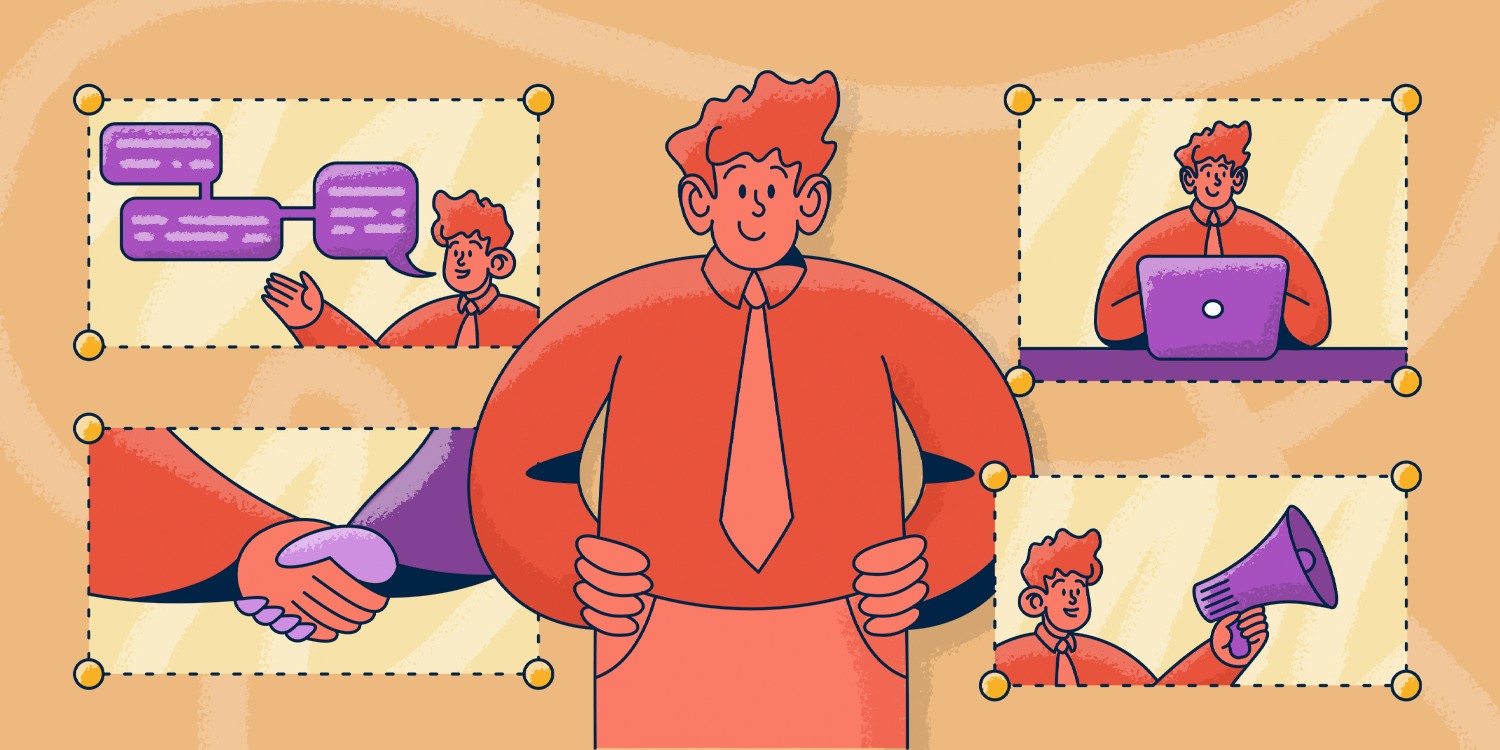Customer Centric
Thursday, March 13, 2025

Understanding your customers' pain points is essential for building a product that solves real problems. But identifying these challenges isn’t always straightforward. Conducting customer interviews is one of the most effective ways to uncover what frustrates, motivates, and influences your target audience. More importantly, creating a structured feedback loop ensures these insights don’t go to waste but instead fuel business growth.
In this blog, we’ll cover how to effectively identify customer pain points, how to use them to drive meaningful changes, and how to build a feedback loop that aligns product development, marketing, and overall business strategy.
Step 1: How to Identify Customer Pain Points During Interviews
1. Ask the Right Questions
Instead of leading with general questions, use open-ended, problem-focused inquiries:
What is the biggest challenge you face when trying to [achieve X goal]?
Can you walk me through the last time you encountered this issue?
What solutions have you tried, and why didn’t they work?
If you could wave a magic wand and fix one thing, what would it be?
How does this challenge impact your daily workflow or business success?
2. Look for Emotional Responses & Frustration Indicators
When customers show frustration, hesitation, or excitement during interviews, these are key moments to dig deeper. Pay attention to:
Repeated mentions of a particular problem
Frustration in their tone or word choice
Features or workflows they repeatedly complain about
3. Analyze Patterns Across Interviews
Conducting multiple interviews allows you to detect patterns that highlight the most critical pain points. Categorize customer feedback into:
Frequent frustrations: Recurring complaints across different users
Unmet expectations: Areas where existing solutions fail
Emerging needs: Gaps in the market that customers subtly hint at.
A B2B SaaS company interviewing IT teams about cybersecurity risks discovered that most teams struggled with alert fatigue—receiving too many false-positive security alerts. This insight led to a new product feature that prioritized critical alerts, improving user experience and reducing time spent sorting through false alarms.
Step 2: Effectively Using Customer Pain Points for Business Growth
1. Align Product Development with Customer Needs
Prioritize the most pressing pain points in your product roadmap. Use AI-driven analytics to validate whether these pain points represent a larger market trend.
2. Refine Your Marketing & Messaging
Once you know what truly bothers customers, adjust your marketing messages to highlight how your solution directly addresses these issues.
Use customer quotes in landing pages and ad copy
Create content around solving specific problems (e.g., blog posts, case studies, webinars)
Personalize email campaigns with pain-point-driven messaging
3. Strengthen Sales & Customer Support
Equip sales teams with insights from customer interviews so they can proactively address objections. Similarly, customer success teams can use this information to improve onboarding experiences and reduce churn.
A project management tool identified that remote teams struggled with unclear task ownership. They repositioned their marketing message to highlight their "task ownership tracking" feature, which resulted in a 30% increase in conversions.
Step 3: Building a Continuous Feedback Loop
1. Create a Centralized Feedback Hub: Store and categorize customer insights in a dedicated repository (e.g., Notion, Airtable, or AI-driven feedback tools).
2. Make Feedback a Cross-Departmental Priority: Ensure product, marketing, sales, and support teams regularly review and act on customer feedback.
3. Regularly Validate & Update ICPs: Use the feedback loop to refine your Ideal Customer Profile (ICP). Identify if new customer segments emerge or if existing ones evolve.
4. Engage Customers in Co-Creation: Involve customers in early-stage product development by sharing prototypes, running beta tests, and holding user feedback sessions.
A SaaS company introduced a quarterly "customer voice" initiative, where top customer pain points were addressed in upcoming product updates. This led to a 40% improvement in feature adoption rates.
Conclusion
Customer interviews aren’t just about gathering insights—they should actively shape how your business evolves. Identifying pain points and using them effectively ensures you create a product people truly need while continuously improving customer experience.
By implementing a structured feedback loop, you create a sustainable growth engine where customer insights fuel innovation, refine marketing, and drive sales success.
Are you ready to take your customer research to the next level? Start listening, adapting, and growing today! 🚀






